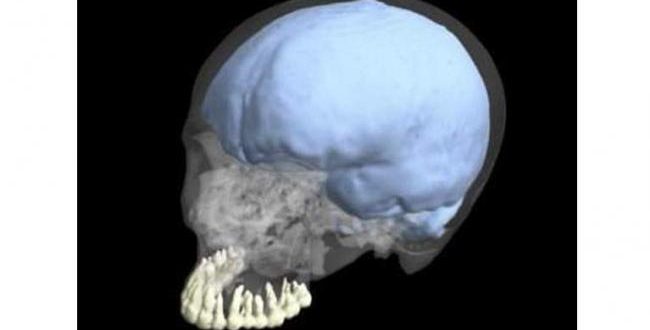A new research reveals there is no link in the evolution of brain and tooth size.
Published today in Proceedings of the National Academy of Sciences, the research compared brain size evolution with reduced tooth size rates in eight hominin species: two australopiths (A. africanus and A. afarensis, roughly 1.9-2.9 million years old), two members of Paranthropus (P. robustus and P. boisei, 900,000-1.2 million years old) and four examples from our own genus Homo (H. habilis, H. erectus, H. neanderthalensis, from the last 1.7 million years, and modern humans).
Although conventional wisdom has pointed to co-evolution of the big human brain, little human teeth traits, the study showed the rate of brain size evolution varied from one species to the next with occasional bouts of rapid development.
Brain shape evolution, which is also linked to higher cognitive function, seemed to have a generally more stable rate of change. Meanwhile, the reduction in size of teeth, particularly the molars and other chewing (rather than biting) teeth, occurred at a steadier rate that did not appear linked to brain size or shape development.
The fastest “spurt” in brain size increase occurred between H. habilis and H. erectus; overall the trend towards bigger brains is, perhaps no surprise, speediest along the Homo line, leaving Australopithecus and Paranthropus in the dust.
Fun fact: we used to think big brains were needed to fashion stone tools, too, but the world’s oldest known stone tools, described in 2015, date from the age of australopiths, well before our brainiac genus. As we find more hominin fossils and create ever more sophisticated techniques to analyze and understand them, expect more old school ideas to go extinct.
The team concluded that different environmental and behavioral influences were at work in human brain and teeth evolution rates, though speculating on what those influences might have been went beyond the scope of their research.
Agencies/Canadajournal
 Canada Journal – News of the World Articles and videos to bring you the biggest Canadian news stories from across the country every day
Canada Journal – News of the World Articles and videos to bring you the biggest Canadian news stories from across the country every day



